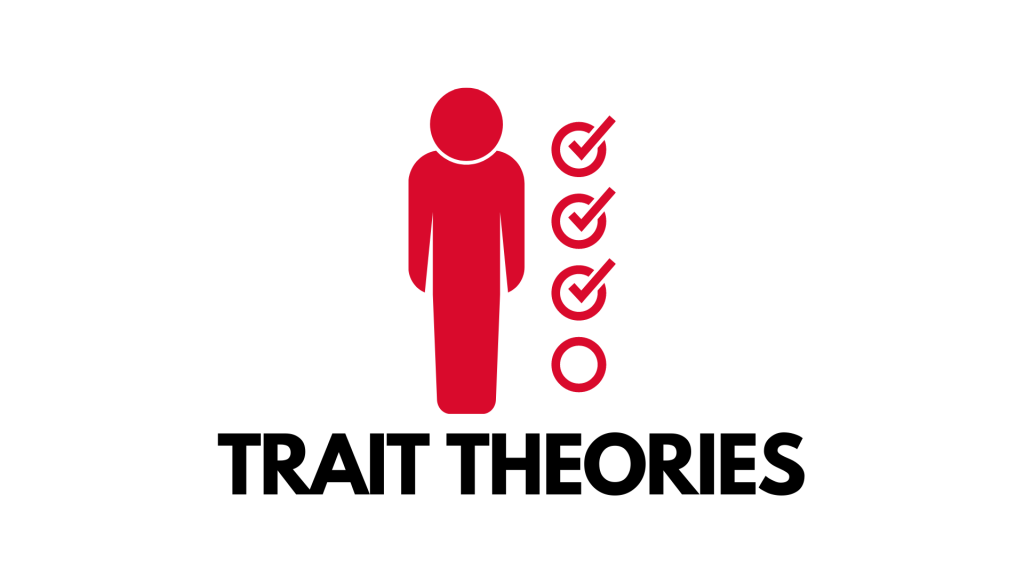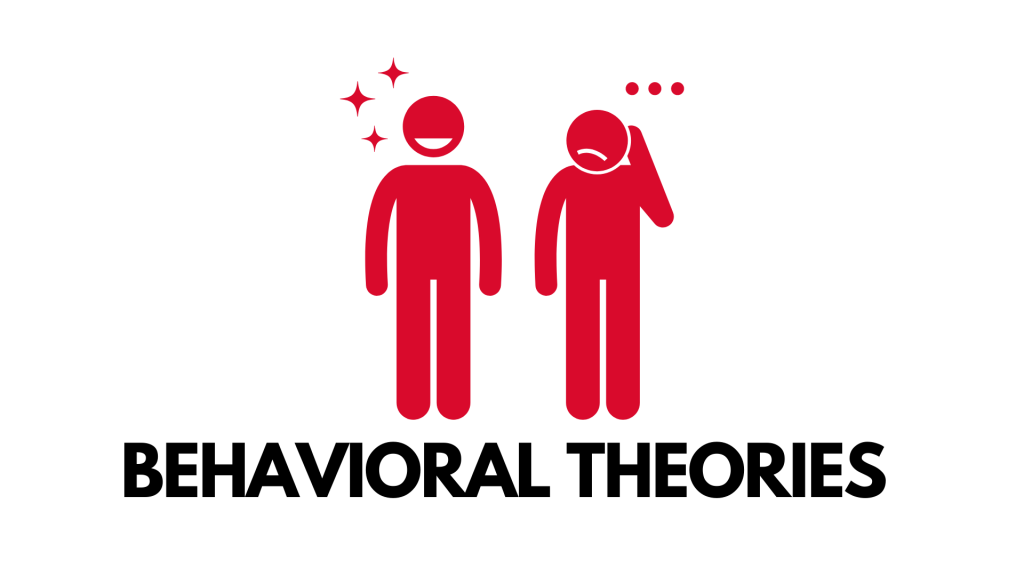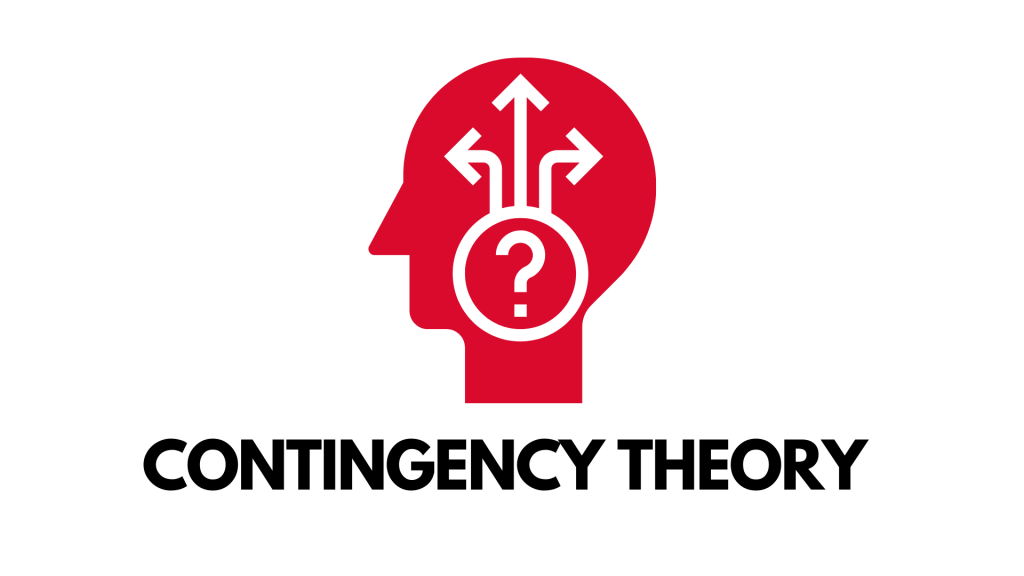Part—2 of the article talks about leadership. As in the first part of the article, we have vastly discussed motivation in a workplace and the different kinds of laws around the basis in a workplace and organization. Again, we strive to figure out why people act the way they do. And now we’ve gathered all of these different perspectives, all of these other motivational theories that, taken together, helped us understand why individuals act the way they do.
An individual’s or a group’s capacity to affect and guide supporters or other members of an organization is referred to as leadership. Making sound — and often challenging — decisions, communicating a clear vision, defining attainable goals, and providing followers with the knowledge and skills they need to reach those goals are all part of leadership.
Leadership is one of the most essential qualities required for any organization. So, what makes anyone a good leader?
Qualities Of A Leader

Successful leaders display the following five leadership qualities in their personal and professional lives, encouraging others to take action and chart a road for future success. Strong leaders also put essential habits into practice daily to maximize the positive influence of these attributes.
The attributes a good leader must have are:
1. Integrity
Integrity is an essential leadership trait for both the individual and the business, even if it isn’t always a statistic in employee evaluations. It’s especially critical for top-level executives responsible for charting the organization’s course and making a slew of other critical decisions.
2. Ability To Delegate
Delegating is one of a leader’s most important roles, although it can be challenging to do it effectively. The goal isn’t simply to free up time for yourself; it’s also to help your direct reports grow, collaborate more effectively, have more autonomy, and make better decisions.
3. Communication
The most exemplary leaders are skilled communicators who can convey knowledge, inspire people, and direct coach subordinates in various ways. You must also listen to and communicate with people from multiple backgrounds, including roles, geographies, social identities, and more.
4. Self-Awareness
While this is a more inwardly focused trait, leadership requires self-awareness and humility. The more you know about yourself and acknowledge your talents and flaws, the more effective a leader you can be.
5. Gratitude and Empathy
Being grateful can help you feel better about yourself, lessen melancholy and anxiety, and sleep better. Gratitude can even help you lead better. Even though most people believe they’d be willing to work more for a grateful employer, few people say “thank you” in the workplace daily. Empathy is linked to job success and is an essential component of emotional intelligence and leadership. According to our research, if you demonstrate more inclusive leadership and sympathetic behaviors toward your direct reports, you’re more likely to be perceived as a higher performer by your boss.
6. Respect
One of the most crucial things a leader can do is treat people daily. It will reduce tensions and conflict, build trust, and boost productivity. Respect encompasses more than the absence of disrespect, and it can be demonstrated in various ways.
Trait Theories

According to trait theory in psychology, people differ from one another depending on the strength and intensity of basic trait dimensions.
People began to look at what is known as personality qualities more recently, especially since there were few conclusions based only on these demographic variables. Personality traits are aspects of a person’s relatively stable personality. They do not alter significantly over time. They’re also relatively constant in different settings.
Trait theory has given us many insights into why some individuals are leaders and others aren’t, and why some are more effective.
Personality Traits
Personality traits are the patterns of people’s thoughts, feelings, and behaviors. Personality qualities reflect consistency and stability—someone with a high extraversion score is predicted to be friendly in various contexts and throughout time.
There are three examples of personality traits. They are:
1. Conscientiousness
Being careful or diligent is a personality attribute known as conscientiousness. Conscientiousness entails a desire to do well and to take one’s responsibilities to others seriously. Rather than being laid-back and disorganized, conscientious people are efficient and well-organized.
2. Extroversion
And this is the type of personality attribute that describes whether or not someone is friendly, outgoing, or lively. And the more extroverted you are, the more stimulated you will be by working with others by being outgoing and conversational. This personality attribute has also been linked to being viewed as a leader.
3. Agreeableness
Highly agreeable people are simply polite, cooperative, and warm, who enjoy being with others, caring for them, and assisting them. As a result, people enjoy doing things that benefit others. They are motivated because they want to make a difference in the world. This is also related to the agreeableness perspective, as we see it here.
Advantages of Trait Theory
These characteristic theories provide several benefits. They are, first and foremost, intuitively understandable. It’s simple to consider what distinguishes some leaders from others. Here is a list:
- It gives you a thorough understanding of the leader’s role in the leadership process.
- It’s a logically appealing theory.
- It acts as a benchmark against which an individual’s leadership abilities can be measured.
- It is valid because the theory’s foundation and base have been validated by a large body of research.
Behavioral Theories

The behavioral leadership theory examines how leaders act and assumes that other leaders can replicate these attributes. It’s also known as the style hypothesis, and it proposes that successful leaders aren’t born but may be developed through observable conduct.
Behavioral leadership theory has applications in a variety of sectors. For example, every project manager, CEO, activities coordinator, and any other type of professional leader can be evaluated using the behavioral leadership theory’s criteria.
Contingency Theory

The contingency theory is also known as the “if, then” hypothesis, which states that if this is how my situation is, this is the best method for me to manage. It says that organizations and even units vary in size, goals, job activities, etc. As a result, there is no such thing as a “best way” or “universally applicable management.” As a result, management relies on the situation and should act accordingly.
The contingency variables are:
Organizational Size
The contingency theory is also known as the “if, then” hypothesis, which states that if this is how my situation is, this is the best method for me to manage. It sounds like organizations and even units within an organization vary in size, goals, job activities, etc. As a result, there is no such thing as a “best way” or “universally applicable management.” As a result, management relies on the situation and should act accordingly.
Routineness Of Task Technology
An organization employs technology to accomplish its goals. Standard technologies necessitate a different organizational structure, leadership style, and control system than bespoke or non-routine technologies.
Environmental Uncertainty
The management process is influenced by the degree of uncertainty produced by environmental changes. In a fast-changing and unpredictable setting, what works best in a stable and predictable context may be completely incorrect.
Individual Differences
Individual disparities in growth desires, autonomy, ambiguity tolerance, and expectations. When managers choose motivating strategies, leadership styles, and work designs, these and other individual distinctions are relevant.
Neo-Charismatic Theory

These theories are based on the leaders’ emotional appeal and the followers’ remarkable commitment. According to charismatic leadership theory, when followers see specific behaviours, they attribute heroic or outstanding leadership abilities to the leader.
Charismatic leaders usually start the influencing process by presenting a compelling vision for their followers. The leader then conveys high-performance expectations to their followers and expresses confidence that they will be met. Next, the leader instils a new set of ideals in his followers through his actions and words and provides an example for them to follow. Finally, the charismatic leader makes self-sacrifice and engages in bizarre behaviour to display courage and convictions about the future.
Leadership is a process through which one person, a leader, influences others to achieve a single purpose, but what is this common goal? We can genuinely conceive, and history demonstrates, that leaders may persuade followers for a common objective using the tier areas we’ve mentioned so far. Which isn’t actually excellent and isn’t really appealing to people, companies, or governments.
